Proven solutions for each of your process steps.
Vials are filled with solid or liquid products. For liquid products, a rubber stopper allows piercing with a needle and thus a sterile withdrawal. In the lines the vials are sterilized, filled and closed with stoppers and the additional aluminium cap. The aluminium cap is crimped around the upper edge of the vial in order to press the stopper with a defined force and ensure maximum tightness. The crimped cap closes with a lid which is broken off before use, thus allowing access for piercing. For automatic identification of the vials, a visible or invisible code is marked on the cap. A label with fixed and variable data is then applied to the vial for automatic or manual identification. These processes are carried out with cycle times of up to 40,000+ pieces/h.
Our machine vision systems cover the following areas:
Empty glass inspection
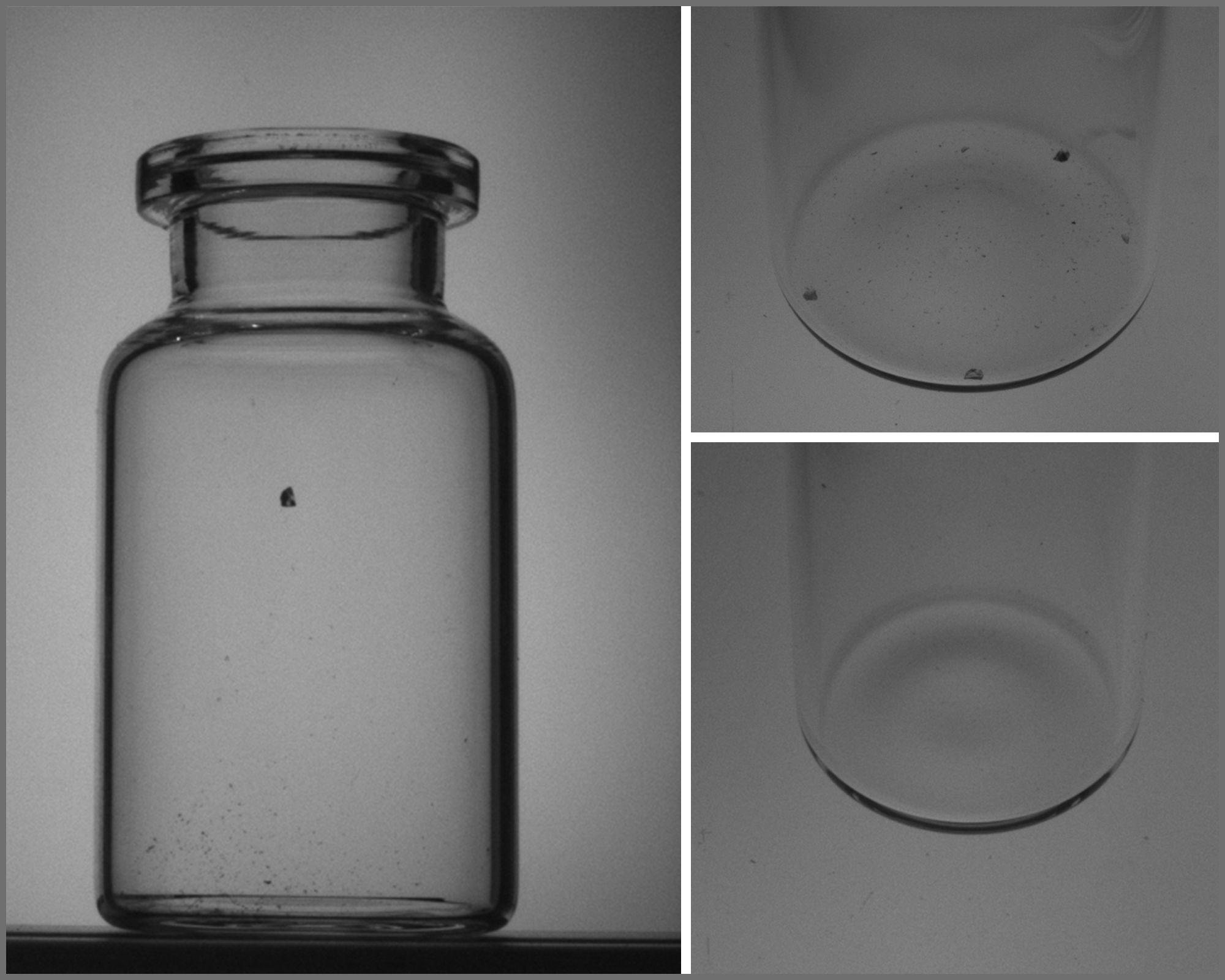
The empty glass control ensures that vials can be used without contamination, splinters, foreign objects or cracks. The inspection can be integrated in the filling line or in the isolator. Depending on format and requirements, one or more inspection stations are usually used with several cameras. Integration takes place in the linear conveyor or in a circular path in the transport star. During format changeover, only camera positions are largely tracked. Depending on the defect specification and format sizes, the camera selection is also carried out specifically for the application.
Fill level control
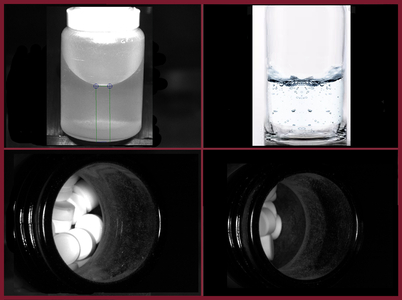
Depending on the pharmaceuticals, transport speed and distance to the filling station, the formation of bubbles can make it difficult to determine the filling level or at least have a negative effect on the accuracy. Depending on the shape of the container, the fill level test is often combined with further tests of the vial: type, position, angle, height of the cap, pipette, etc. This may then require several cameras in one testing station or separate testing stations. The system design is application-specific in each case based on intelligent camera or PC with selectable camera resolution.
Stopper fit inspection
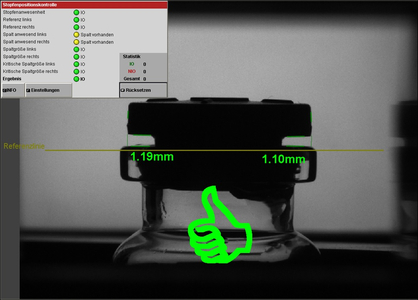
According to GMP Annex 1, the gap width between the lower and upper edge of the stopper must be checked before fitting the flared cap. The pharmaceutical industry generally allows a maximum gap of 1mm. In this state the vial is still considered unsealed and is located in the insulator. The inspection is carried out with two cameras – arranged at a 90° angle to each other. The cameras, together with the necessary deflecting mirrors and the LED lights, are housed in a stainless steel housing suitable for isolators. Due to its space-saving arrangement, the system can be ideally integrated into the filling line. This applies both to linear transport direction and to movement on a circular path in the transport star.
Crimp cap inspection
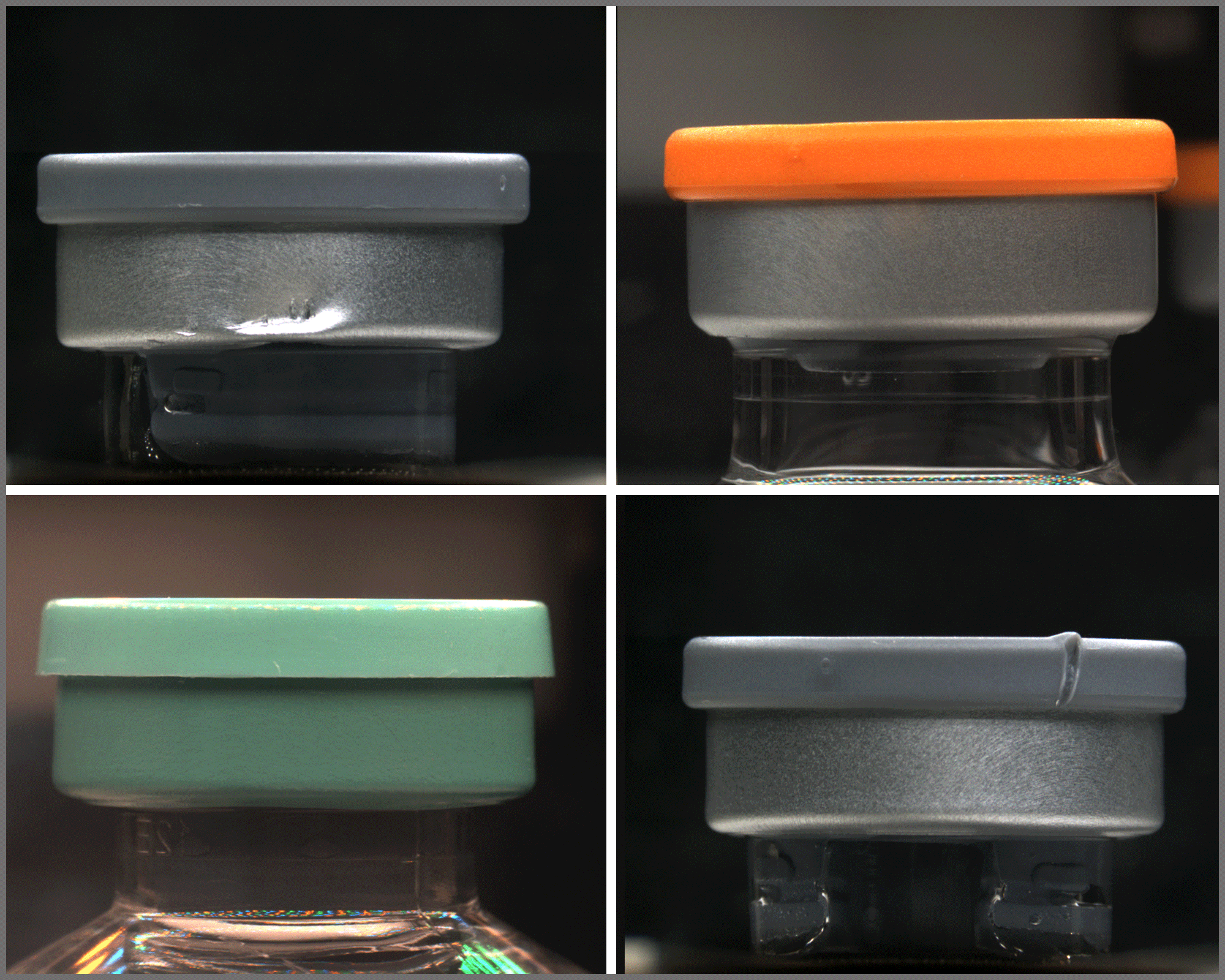
The custom-made sensor head with 3 or 4 cameras and mirror arrangement enables the control of the circulating flanging and caps. Depending on customer requirements, black/white or colour cameras are used. The sensor head is also available in an isolator suitable stainless steel version. The camera resolution is determined according to the specific defect specification and format geometry. OCTUM provides a specifically adapted image processing system for the inspection of crimp caps on vials and ensures reliable defect detection according to the standards of the pharmaceutical industry.
Completeness and packing pattern inspection
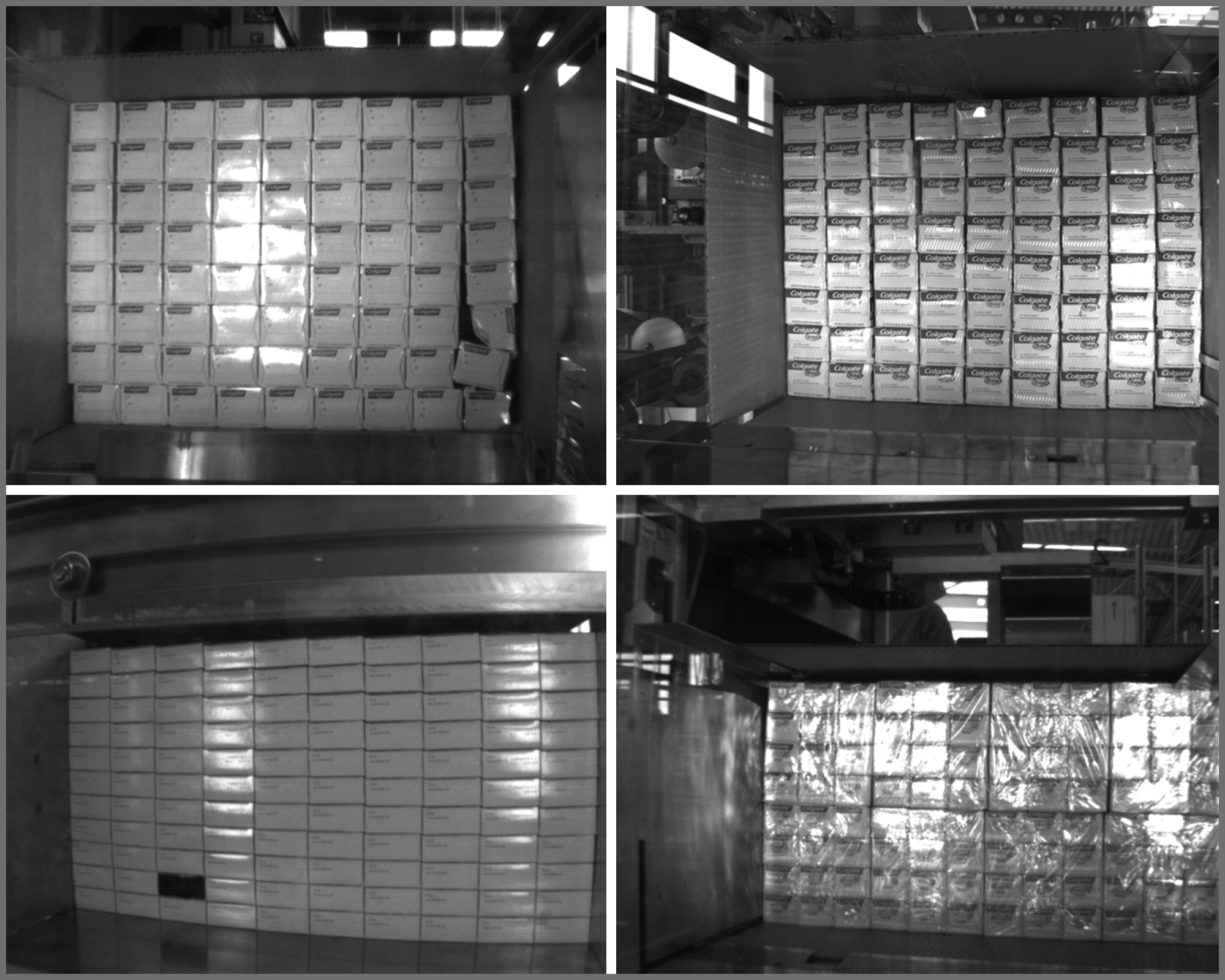
In order to avoid machine downtime, it must be ensured that the number of vials, cartons or the packing pattern is correct. For high-contrast patterns or coding, recognition can be done with 2D cameras. If this is not the case and if a direct top view is not possible due to machine conditions, OCTUM 3D TOF cameras are used. From a fixed camera position several packing levels can be inspected without camera tracking. A system calibration is not necessary, the 3D distance values can be used to automatically track the corresponding plane in x,y. The detection is colour-independent, even with very tight packing patterns without visible separation between the individual packages. Tilted or geometrically incorrect packages are also reliably detected.
Muzzle Control
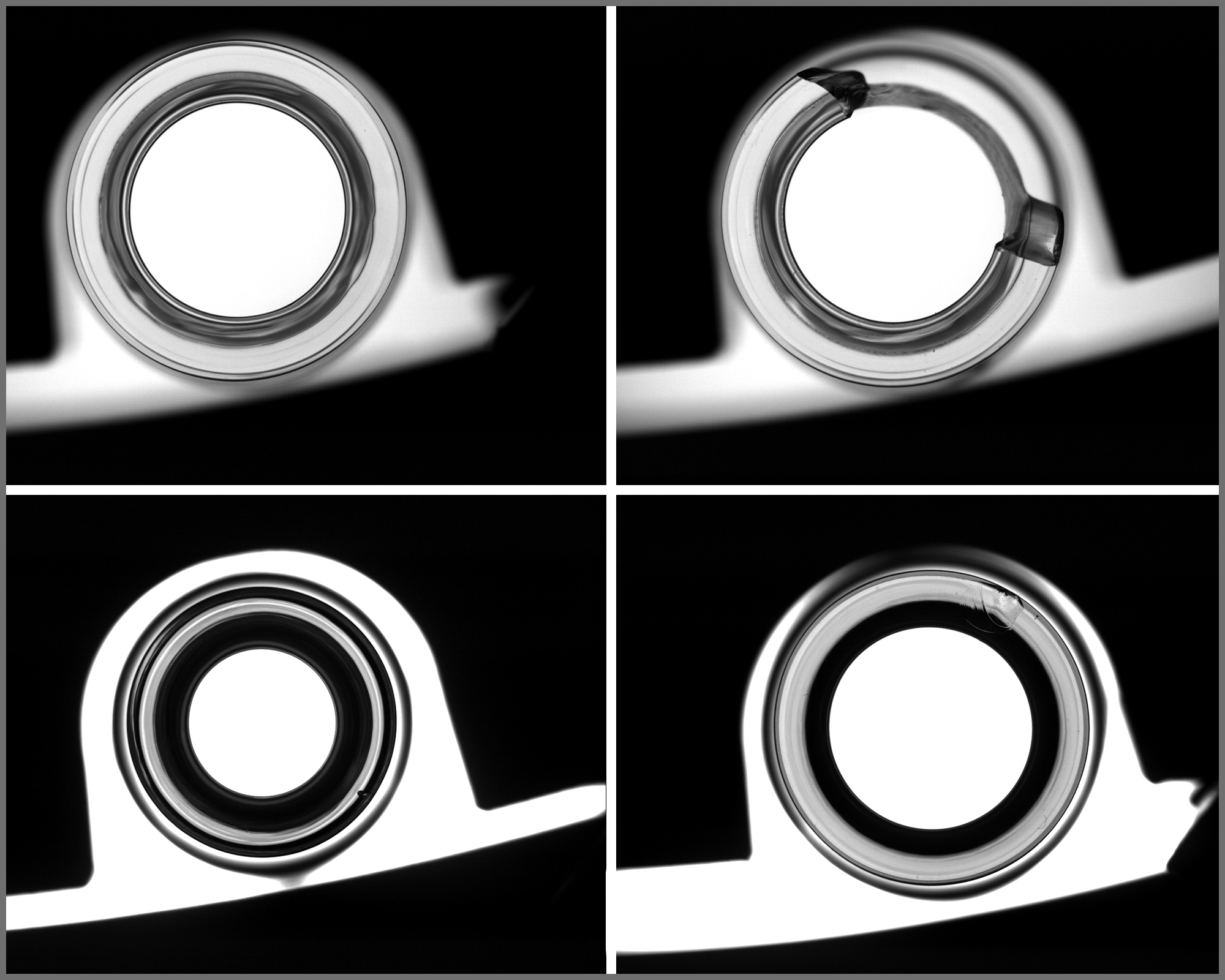
The automatic inline Muzzle Control detects damage to the vial neck finishes, especially to the sealing surface, safely and reliably during the production cycle. Depending on the system concept, a transmitted or incident light arrangement is used with project-specific illumination and optics. Defect sizes and defect criteria can be configured for specific applications. The process coupling leaves nothing to be desired for a flexible and problem-free system integration. The 3D design of the camera station and the mechanics for camera integration provide clear integration instructions. The application can of course be executed according to GAMP5 with audit trails according to 21CFR Part 11 and domain connection included.
Printing control Flanging caps and flip-off
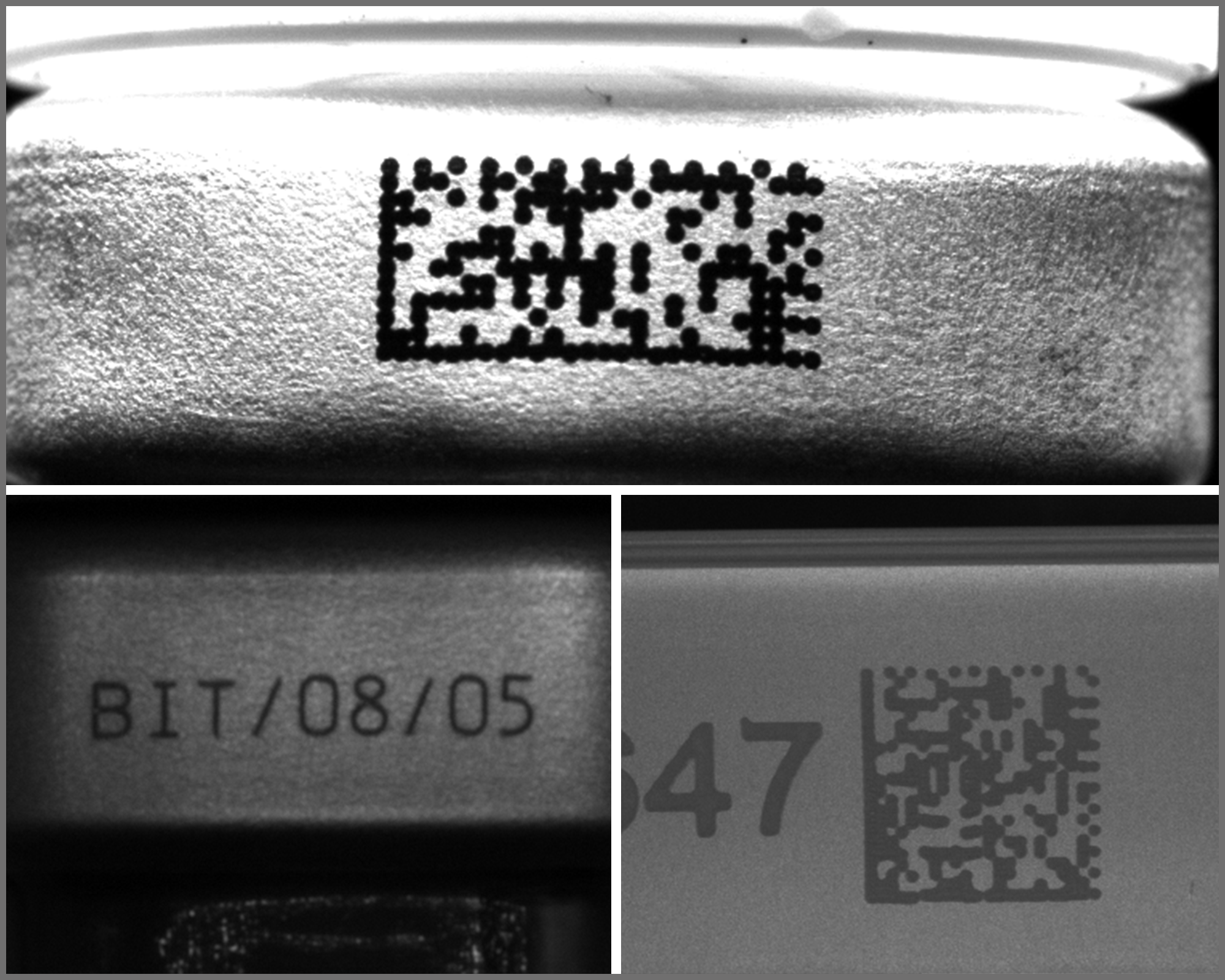
Flanged caps and flip-offs of the vials are provided with DPM (Direct Part Marking) for complete traceability, either with plain text or DMC in the visible or UV range. The reliable recognition and feedback of the read characters or codes is the task that OCTUM machine vision systems have been meeting for many years. The application-specific design of the system components ensures very good reading results even under difficult contrast conditions with high clock rates in the pharmaceutical environment.



